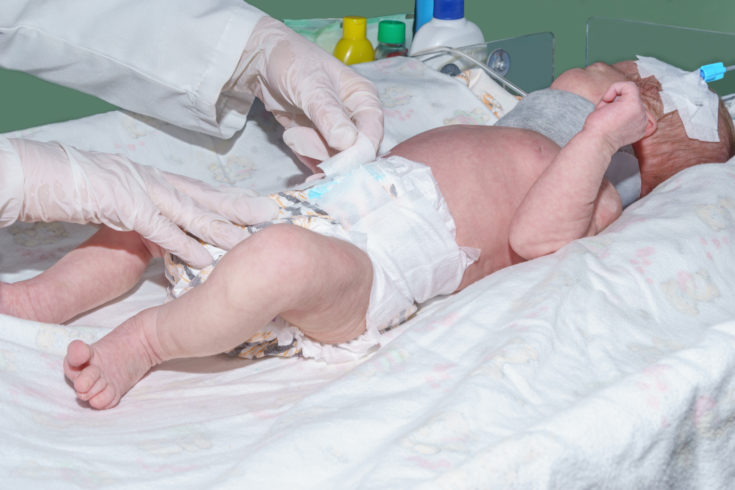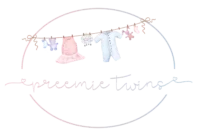Disclosure: This post may contain affiliate links, meaning we get a commission if you decide to make a purchase through our links, at no cost to you. Please read our disclosure for more info.
A birth injury can affect children in many ways. When it happens, what is the best thing that you should do? There are different treatments for each type of birth injury. The best ways to deal with birth injuries also differ. Whether a birth injury is light or serious, quick action is needed from parents and medical health practitioners. Without timely and proper interventions, birth injuries can cause lifelong health problems, even death.  For your convenience, there are various birth injury care tips and treatments you can consider. Meanwhile, this article presents a summary of six (6) types of interventions that are used in birth injury management.
For your convenience, there are various birth injury care tips and treatments you can consider. Meanwhile, this article presents a summary of six (6) types of interventions that are used in birth injury management.
In This Post:
1. Medication
The correct medications can help treat symptoms arising from each type of birth injury. While not all of these treatments get at the root of birth injuries, they can help manage and alleviate symptoms such as discomfort, pain, swelling, headaches, shortness of breath, and the like.
For example, painkillers help kids with cerebral palsy who suffer from tight muscles and painful muscle spasms. Anti-spastic medications and muscle relaxants may also help these kids by lessening pain and increasing control of movements.
Children who were born with brain damage are likely to suffer from seizures. For many kids, medications for anti-seizure help reduce the severity and frequency of epileptic episodes. Another medication is botox, which can be used for kids with Erb’s palsy or cerebral palsy. It is strategically injected to paralyze particular muscles and provides weak and injured muscles more time to strengthen and develop.
2. Physical Therapies
Physical therapy is a standard option for treating children with shoulder dystocia, plexus injuries, cerebral palsy, and other birth injuries that result in poor hand-eye coordination, weakened muscles, nerve damage, paralysis, speech impediments, vision problems, spinal cord injuries, and so on.
Physical therapy is a treatment that helps a person move better, restores physical functions, and reduces pain. Children with birth injuries have a quicker time with daily activities and tasks including moving around, playing, getting out of bed, and walking.
Every physical therapy session may include specialized exercises, joint mobilization, balance ball practice, strength training, and so on, depending on the treatment plan and the child’s condition. Sessions may take place in nursing centers, doctor’s offices, hospitals, homes, and other physical therapy centers. Home sessions can also be arranged.
3. Surgery
Surgery isn’t necessary for all birth injuries. However, severe injuries may need surgery to give the child a better chance at survival. In some cases, surgery can help a baby regain full use of injured limbs. Most birth injuries that require surgery include skull fractures and brain hemorrhage.
4. Hyperbaric Oxygen Therapy
Hyperbaric oxygen therapy (HBOT) can reduce the symptoms associated with brain damage in babies who suffered from oxygen deprivation at birth. Immediate medical intervention can help prevent brain damage.
HBOT involves placing a baby in a hyperbaric chamber, which is filled with pure oxygen. Generally, the air pressure is raised at least three (3) times the normal air pressure, enabling the baby to breathe in pure oxygen several times higher than the normal.
5. Hypothermia Treatment
One of the innovative treatments used for treating children with brain damage due to oxygen deprivation is hypothermia. It’s proving to be effective in reversing the danger caused by this kind of birth injury. This treatment process includes cooling babies to about ninety-two degrees for three (3) days. Babies are given a sedative to avoid shivering.
If the treatment is done right after birth, the effects of oxygen deprivation may be completely reversed. In addition, this treatment can help babies that suffer particular brain damage or cognitive impairments due to asphyxia.
6. Occupational Therapy
This treatment focuses on helping cases of childbirth complications such as sensory, cognitive, and physical disabilities. An occupational therapist who specializes in working with children’s disabilities and disorders uses treatments for improving and developing hand-eye coordination, developing positive behavior, and reducing impulsiveness and outbursts.
Occupational therapy can be provided in special education classrooms, hospitals, mental health centers, outdoor camps, doctor’s offices, rehabilitation facilities, or at home.
Takeaways
Since birth injuries come in various forms, the outcomes and treatments for each type also differ. However, immediate medical attention, care, and treatment are important. If you have concerns about the health of your infant, speak with your doctor at the soonest time and ask about proper medical care. At the same time, if you believe that the birth injuries were caused due to the negligence of healthcare personnel, service providers, institutions, or organizations, it is best to contact a lawyer who specializes in birth injuries.
